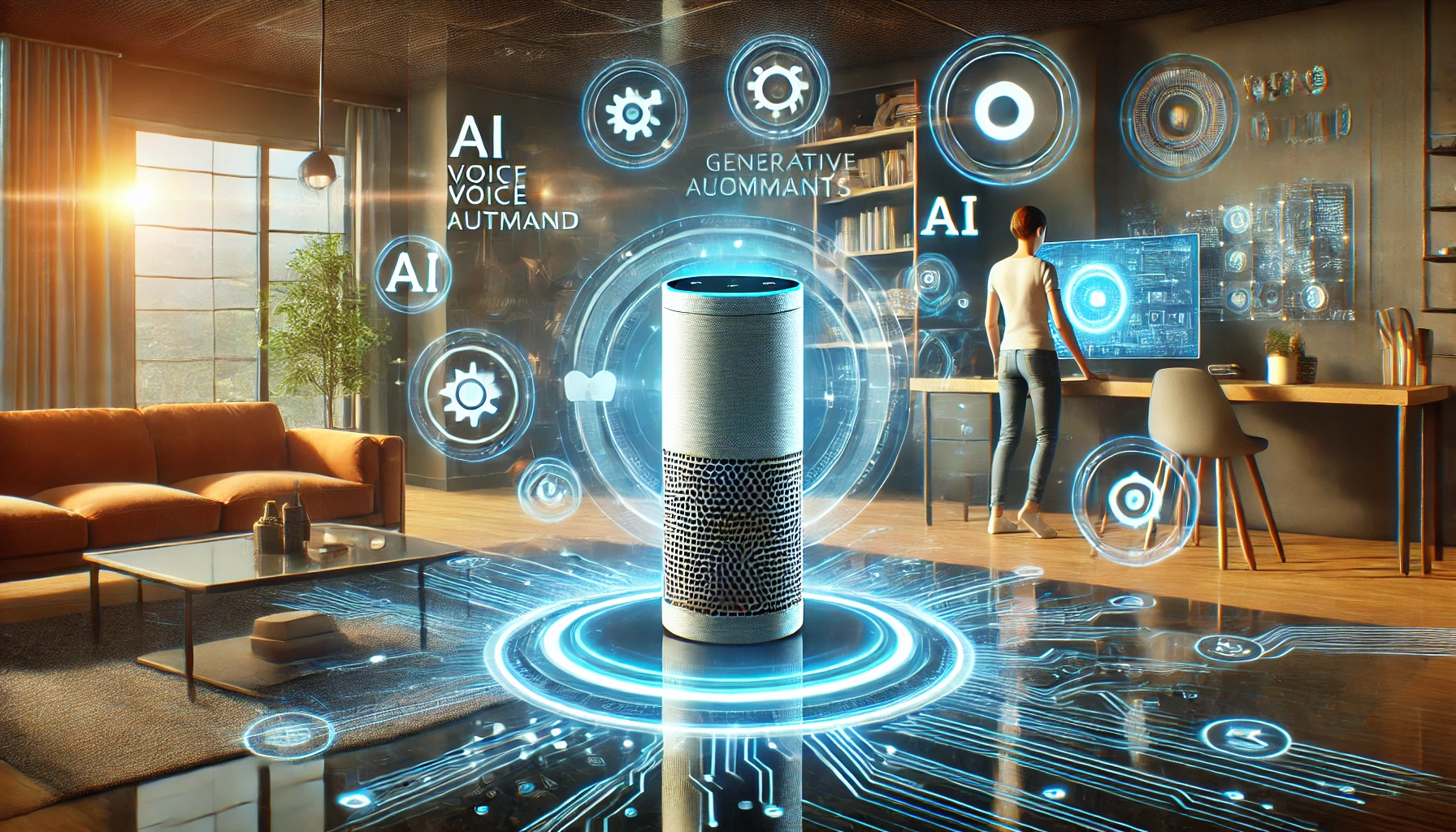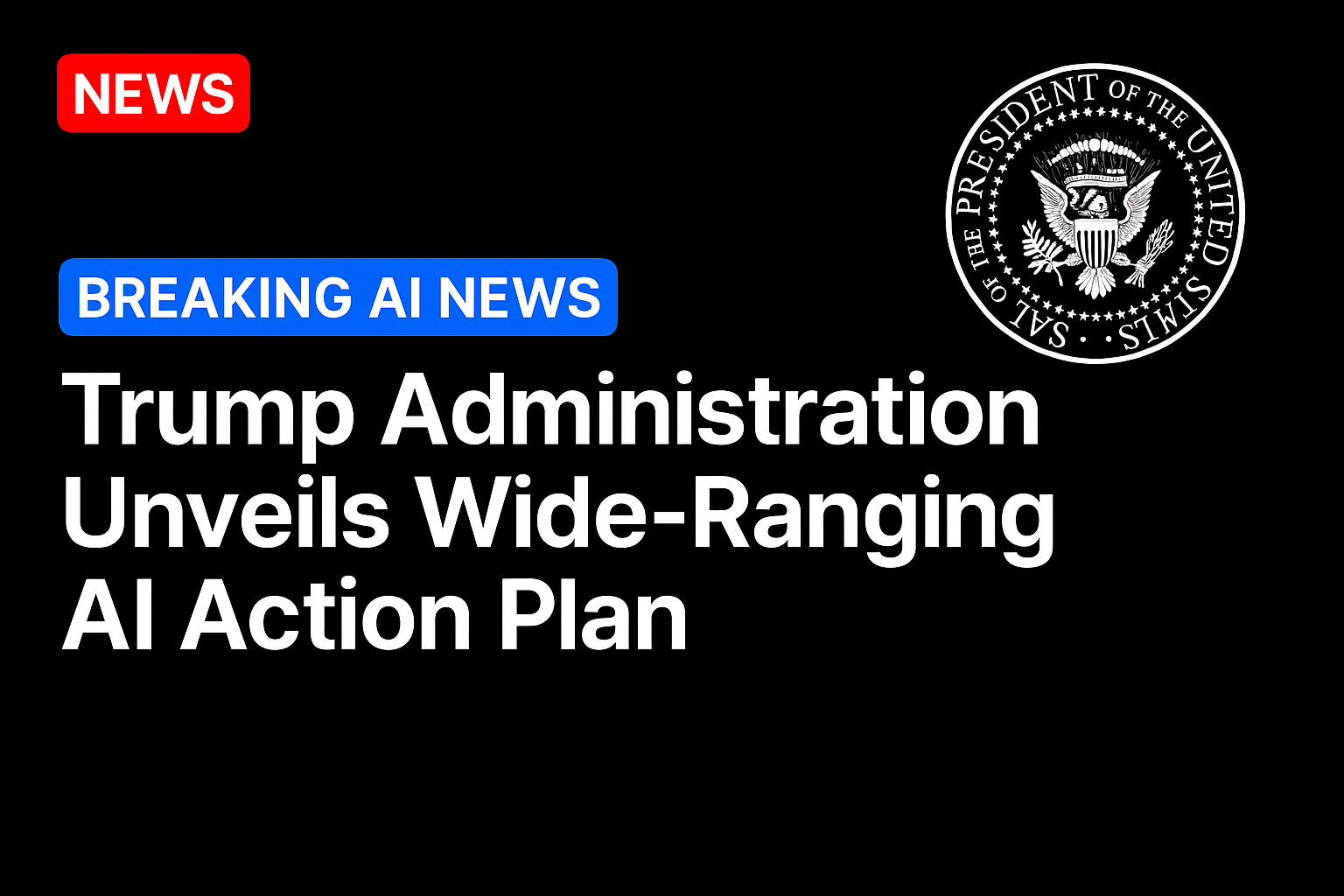American Airlines is deepening its deployment of artificial intelligence (AI) to make the travel experience more comfortable for its passengers — including predicting if they’ll miss a flight and waiting for them.
In a recent company podcast, Chief Digital and Information Officer Ganesh Jayaram described the airline’s use of AI to transform both its consumer self-service capabilities and employee productivity efforts.
But first, American set up a governance framework to underpin its AI efforts.
“We spent quite a bit of time over the last year to set up a governance framework … ensuring that we put all the privacy controls and other protections in place to leverage these technologies responsibly,” Jayaram said.
Once the framework was in place, American deployed AI in several use cases. For customers, American embedded generative AI into its existing chatbot to supercharge its capabilities.
In the event of adverse weather that can foil travel plans, the customer can now rebook their flights using the AI chatbot to find alternate routes, Jayaram said.
In the back office, American is using AI to better predict whether its travelers are going to miss their connections to major hubs.
“That might mean that we delay some of our flights so as to accommodate our customers as needed in some of these hubs, and to ensure that they can reach their destination as close to on time as possible,” Jayaram said.
According to aviation data platform OAG, nearly a quarter of all commercial airline flights in the U.S. last year were delayed by at least 15 minutes.
“In an industry where tight operational schedules are planned down to the minute, even small delays have outsized consequences,” according to an OAG blog post.
Not all delays were due to inclement weather; 30% were caused by airline and airport inefficiencies and another 30% were due to aviation system failures from aging air traffic control infrastructure among other factors, the OAG said.
See also: US Airlines, Hotels Lean Into Digital Tools Amid Uptick in Corporate Travel
A Tech-First Mindset
American embarked on a technology reengineering last year, raising its tech budget by 20%, Jayaram said in an earlier podcast.
The airline also brought in experts with experience in other industries to change workflows outside of technology, Jayaram said.
American focused on three outcomes:
- Improve resilience of core operations
- Excellence in engineering
- Modernize the technology stack to raise productivity
“First and foremost, our job is to ensure that any digital tool or application we put out there is resilient,” Jayaram said. “That it is secure by design, available whenever it is needed, and that it delivers the functionality our customers care about.”
Resilience is not only about preventing breakdowns, but also about quick recovery. That’s especially critical for travel agents at the gate.
“When things do break down, like it happens even with our frontline operations, we want to make sure that the recovery period is very quick we can get the technology up and running as fast as possible,” Jayaram said.
After any outages that occur, American Airlines reviews what happened to see if there are any processes they need to change to prevent future disruptions. They examine what happened within the company as well as with its suppliers.
Engineering excellence also means investing in modernizing legacy systems to allow for real-time analysis and updates. Internally, the company is using AI coding tools to raise productivity in how developers write code.
Recently, the airline launched a redesigned mobile app that has a “much more modern look and feel — very intuitive, easy to use,” Jayaram said, giving customers more offerings such as self-service features or researching new travel destinations.
iPhone and Apple Watch users can also turn on “live activities” on their devices to get an update on the departure gate and time, boarding time, assigned seat, time of landing and other travel information, Jayaram added.
At the airport, American implemented new hardware to reduce the check-in time to a couple of minutes.
“End to end, our focus is to really improve interactivity, enable self-service for our customers, and take out friction at as many points of the customer journey as we can,” Jayaram said.
Source: https://www.pymnts.com/





